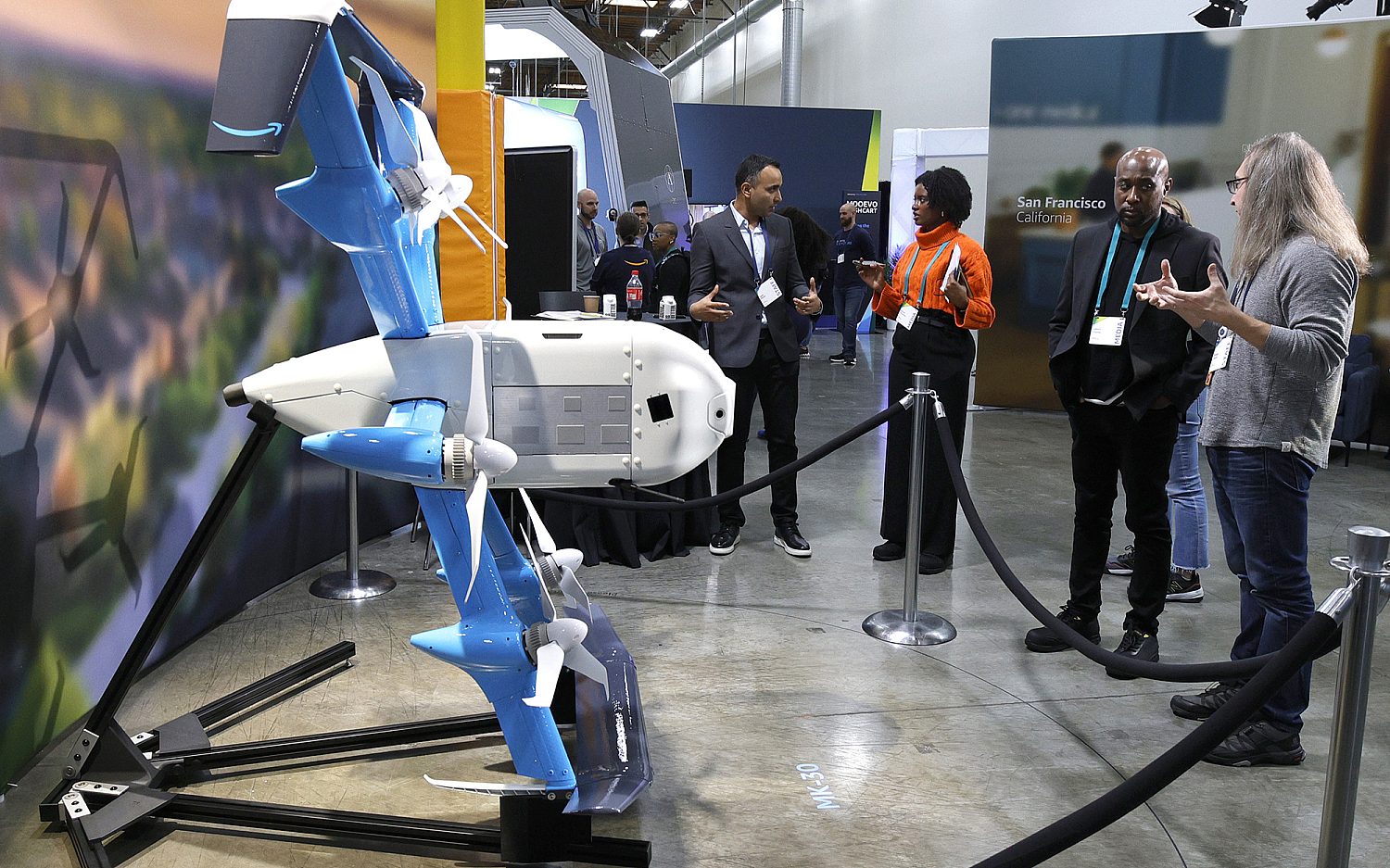Fasten your seat belts: Air travel takes off in the East
At the Dubai Airshow this week, Boeing and Airbus raked in more than 500 orders for their newest jets, including the Boeing 777X, totaling several hundred billion dollars. The airshow demonstrated the potential in the Middle East for huge growth in serving air travel. Etihad Airways’ CEO James Hogan said that for the United States, this “translates into a direct impact on America’s gross domestic product and supports employment throughout the aerospace supply chain.”
The big question Boeing faces now is where to build all these 777s–in the United States or closer to major Middle Eastern and Chinese buyers. Boeing signed a deal this week with Russia’s high-tech corporation, Rostec, to open a second jointly run plant in Russia’s Ural mountains to produce titanium parts. The company estimates spending $27 billion over the next decade. Its present Russian facility has supplied parts for U.S.-built 787 Dreamliners since 2009.
Airbus already has a Chinese assembly facility. Notwithstanding Airbus’ recent decision to build a new plant in Alabama, the aviation industry appears to be pivoting toward Arab and Chinese players.
Along with buying more planes, Arab and Middle Eastern airlines are gaining air route supremacy as well: Dubai-based Emirates, Etihad Airways, Qatar Airways, and Turkish Airlines are gaining a foothold in many air markets, leveraging a strategic position at the crossroads of the three most populous continents. Even an unlikely new Arab start-up, Libyan Wings, recently optioned seven planes at $1.2 billion and aims to begin long-haul routes from Tripoli.
Earlier this year, Dubai opened Dubai World Central, an “aerotropolis” anchored by Al Maktoum International airport. It was built to handle 160 million passengers annually. In 2013, Dubai’s other airport overtook London-Heathrow and Paris-Charles de Gaulle airports as the world’s busiest international transit hub.
Further east, China has a booming aviation sector and four of the world’s 20 busiest airports, with Beijing second only to Atlanta in the number of total passengers per year. Chinese companies ordered 200 Boeing 737s at the September Aviation Expo China in Beijing, and Airbus has commitments for 100 planes. Boeing forecasts that in the next 20 years China will buy 3,900 single-aisle aircraft.
The government-owned Comac is on the cusp of rolling out the first nationally produced jet, the 90-seat ARJ21 in Shanghai. Besides China’s upsurge in buying foreign aircraft, Comac itself already has 240 orders for the ARJ21 and 380 for the bigger 174-seat C919, from domestic carriers and others such as Lao Airlines.
Greg Waldron, Asia Managing Editor at Flightglobal in Singapore, said, “China is very serious about being a global aerospace player, and its current programs should be viewed as long-term investments that will only start bearing fruit decades from now.”
In those same decades, the U.S. aviation industry stands to gain through manufacturing planes and supplying aviation technology for burgeoning Middle and Far East growth. Pilot and aircraft mechanic training could also boom: It’s already common—and way cheaper—for foreign airlines to train personnel in the United States. And based on current plane orders, Boeing estimated a need for at least 40,000 pilots and 53,000 technicians over 20 years.
The Associated Press contributed to this report.
An actual newsletter worth subscribing to instead of just a collection of links. —Adam
Sign up to receive The Sift email newsletter each weekday morning for the latest headlines from WORLD’s breaking news team.




Please wait while we load the latest comments...
Comments
Please register, subscribe, or log in to comment on this article.